On your journey to self-sufficiency, you may be wondering how you can produce more of your own food at home. Growing your own berry bushes is a great place to start!
Not only are homegrown berries delicious and versatile (they can be used for everything from wine to jam, pies to sauces - oh, and let’s not forget about eating them raw!) but they are also low-maintenance.
Caring for berry bushes requires minimal investment of your time and resources.
Here are some of the best and most easy to grow berry bushes that you can grow in your own garden this year.
Jump to:
- 20 Easy to Grow Berry Bushes to Grow in Your Garden
- 1. Strawberry
- 2. Blueberries
- 3. Loganberries
- 4. Raspberry
- 5. Marionberry
- 6. Blackcurrants
- 7. Huckleberries
- 8. Wineberries
- 9. Elderberries
- 10. Blackberries
- 11. Boysenberries
- 12. Ground Cherries
- 13. Aronia Berries
- 14. Serviceberry
- 15. Wonderberry
- 16. Mulberry
- 17. Lingonberry
- 18. Cranberries
- 19. Dewberry
- 20. Thimbleberry
- Picking the Right Kind of Berry Bush For Your Garden
20 Easy to Grow Berry Bushes to Grow in Your Garden
1. Strawberry
Strawberries are incredibly common, and while they don’t technically grow in a “bush” (more of a small clump) they are nonetheless incredibly easy to grow. Strawberries spread by producing dense runners.
You will likely get a harvest sometime in the early summer, but there are also late-berain varieties available.
These perennial plants will continue to produce for you for several years, particularly if you take the time to divide the runners and replant them to keep the crop going. Learn more about growing the best strawberries here: Strawberry gardening tips,
2. Blueberries
Blueberries also grow easily in most areas of the United States. These plants can be grown in zones 4 to 10 depending on what kind of blueberry bush you decide to cultivate. Low chill southern highbush blueberries grow best in zones 7 to 10, while lowbush varieties grow best in zones 3 to 6. Northern highbush blueberries are best suited to zones 4 to 7.
Blueberries love acidic soil and can be found in early, late, and midseason varieties. Grow at least two bushes for adequate pollination!
3. Loganberries
Loganberries are thornless plants that are actually hybrids between blackberries and raspberries. They produce large, ample fruits - just one plant can produce 12 pounds of berries! They grow in the full sun and need lots of staking. They ripen from July to August.
4. Raspberry
Raspberries are some of the most common berry bushes you can grow. They are so easy to cultivate that they often spring up in wooded areas, growing where other plants haven’t yet taken hold. They grow best in partial shade to full sun and establish quickly after returning each year.
There are both summer- and fall-bearing varieties available. The canes can grow up to six feet tall, so wherever you choose to plant them, just make sure you have space!
5. Marionberry
Marionberries aren’t as common as some other kinds of berries, but they are delicious nonetheless. They are closely related to more common berries like blackberries and loganberries.
Ready for harvest in late July, these berries grow best in zones 6 to 9. They form a dense trail that can easily be trained up a trellis. The bushes are self-pollinating.
6. Blackcurrants
Blackcurrants are perfect for sauces and sorbet! These fruits are grown on perennial shrubs that are hardy all the way to zone 2.
The blackcurrant, therefore, is one of the few berry bushes that can grow in colder growing zones. Once it gets established, it will produce many pounds of fruit per year. It can be propagated via a hardwood cutting as well as bare root or potted plant.
7. Huckleberries
Huckleberries grow wild in many areas of North America. They are perennial shrubs that remain evergreen throughout the year, growing up to three feet tall when grown in full sun. However, if you grow them in the shade, you’ll be rewarded with even more massive plants - they can
reach ten feet or more!
Like blueberries, huckleberries also prefer acidic soil. They can be grown from seed or from cuttings.
8. Wineberries
Wineberries are closely related to raspberries. The plants are often confused for each other, in fact, and the taste is quite similar too. As you might expect from the name, wineberries also make delicious wine!
These plants are found all over the eastern portions of the United States. In addition to winemaking, wineberries are perfectly suited for making pies, syrups, mead, and other products, too. This perennial shrub can grow up to nine feet tall in zones 4 to 8.
9. Elderberries
Elderberries make phenomenal wine, syruprs, and jams. Even if you don’t ever decide to harvest the fruits from your elderberry bushes, you’ll love growing these plants, which produce lovely flowers with even more enjoyable fragrances.
This bush is best grown in full sun, ideally as a propagation from a cutting. However, you can also dig up suckers and replant them.
10. Blackberries
Blackberries are related to raspberries, as you probably know, and are remarkably easy to grow. Like raspberries, blackberries can be purchased in thornless and thorned varieties.
They are low-maintenance and very productive, although you may have trouble keeping hungry birds away during the peak of the harvest season.
You will have to b ea bit patient when you’re first getting your plant established. The canes take a year or two to start setting fruit. Once they do, though, you’ll have your hands full collecting your harvest!
11. Boysenberries
Boysenberries are hardy from zones 6 to 0 and are kind of like a hybrid of many of the berries we’ve told you about above - including raspberries and blackberries.
They produce large purple berries and look somewhat like blackberries, too. They are best harvested in August.
12. Ground Cherries
Also known as husk tomatoes or cape gooseberries, these low-lying plants are similar to the tomatillo and are part of the nightshade family. They can be grown in zone 4 or warmer and are best started as seeds indoors, about six weeks before the last frost.
13. Aronia Berries
Aronia berries may be fruits you have never heard of, but nonetheless, the Aronia berry bush is one of the easiest to cultivate.
The plant produces suckers that can be planted as new plants. They produce a gorgeous display of color in the fall and remain free from diseases and pests throughout much of the year. They are hardy in zones 3 to 8 and are actually much sweeter after a frost.
14. Serviceberry
Also known as the juneberry, the serviceberry is a native shrub that is found throughout much of the United States. It is deer-resistant and grows well in the shade, making it a good option for gardeners with shadier plots.
15. Wonderberry
Wonderberry bushes produce tiny bluish-black berries that are delicious for snacking as well as for pie-making. You’ll want more than one plant for a high yield since these berries are so tiny! Other than that, wonderberries are low maintenance, requiring little more than fertile, well-watered soil.
16. Mulberry
Mulberry bushes are sometimes found in the wild but you can also buy the bushes for sale. These plants like to be grown in fertile, well-draining soil. They attract birds, meaning you’ll want to get to the fruits as soon as they are ripe!
17. Lingonberry
Lingonberries go by many names, including whortleberries and cowberries. These bushes grow best in full sun or partial shade.
They prefer moist, fertile soil with a pH of around 5 and can be grown in conjunction with some kinds of blueberry bushes, too.
18. Cranberries
Cranberries aren’t difficult to grow at home - as long as you have the right environment, that is. To grow cranberries, you will need soil that is acidic and peaty along with plenty of freshwater.
Usually, cranberries are cultivated in a pond area or a wetland, but if you have a raised bed that you can equip with steady drip irrigation, you may be able to grow them, too.
19. Dewberry
Dewberries are easily grown from bare-root plants. These hardy perennials are resilient in zones 3 to 8, making the perfect addition to jellies, pies, and jams.
20. Thimbleberry
Many people forget about the humble thimbleberry, as it’s not a plant that’s hardy in all growing zones. However, in partial shade and cooler temperatures, this berry brush thrives with ease. It produces large fruits that look somewhat like raspberries, flowering, and bearing fruit only in the second year of growth and beyond.
Picking the Right Kind of Berry Bush For Your Garden
Growing berry bushes is easy. You’ll want to buy bare-root plants or you can propagate your plants from cuttings or by transplanting runners. You can also save seeds and grow your own plants from scratch, but this can be somewhat difficult to do.
One tip? If you're buying bare-root plants, consider buying them in the winter. This is much cheaper than buying potted plants later on in the spring and summer months! Plus, you’ll be able to get a jump start on your growing season.






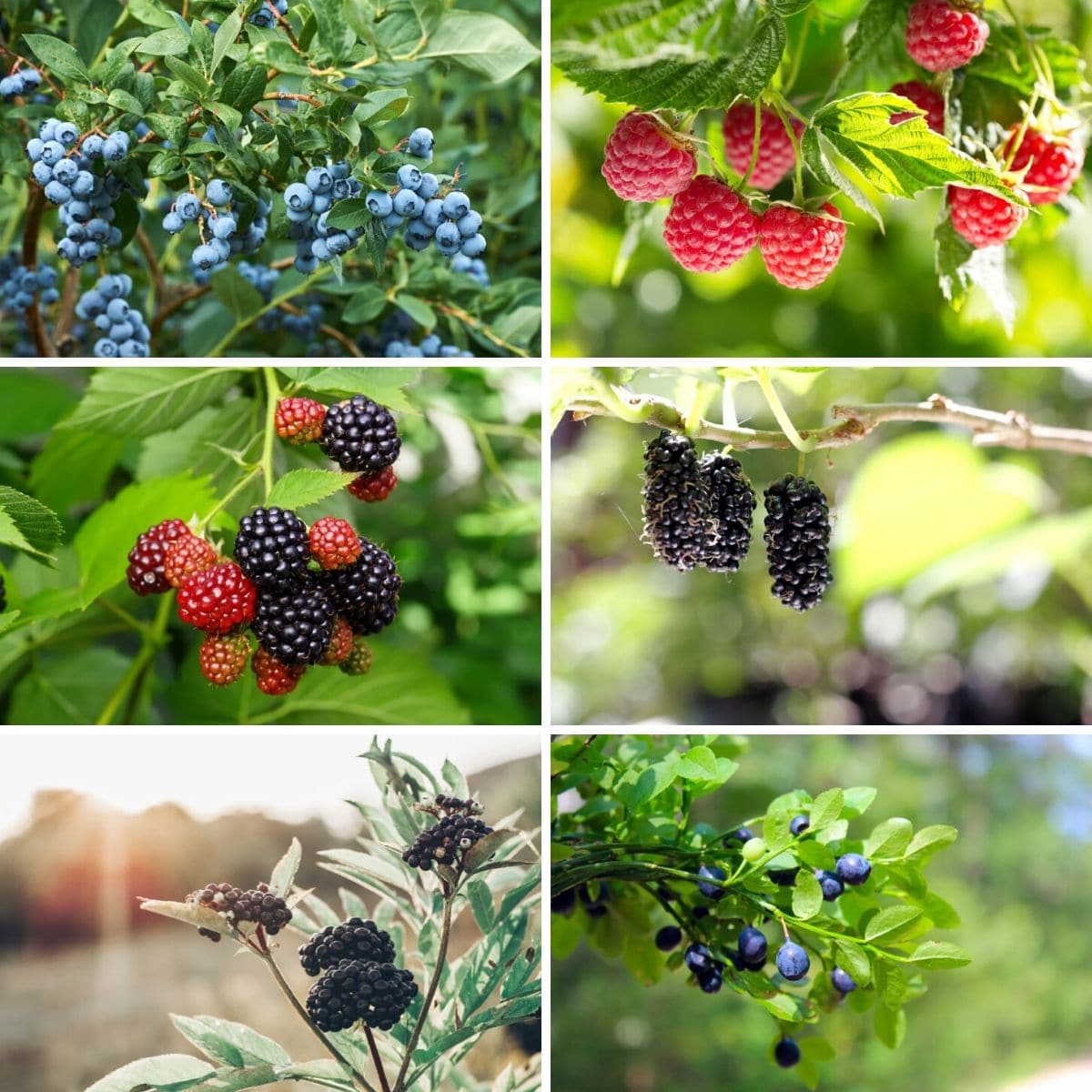
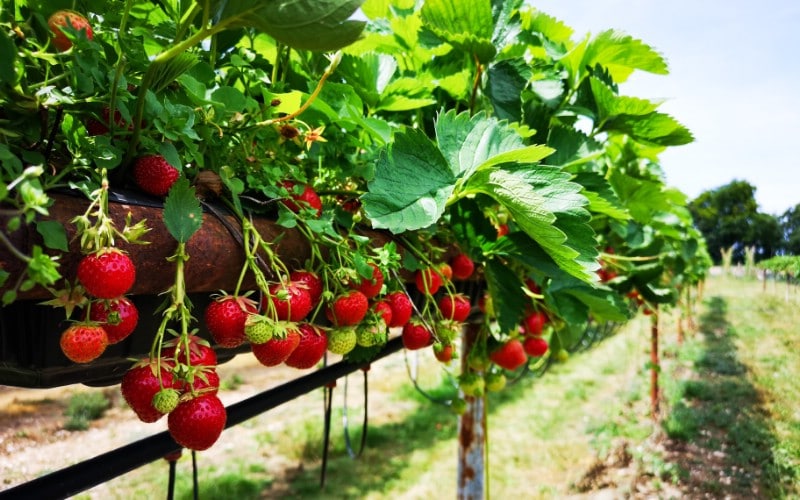
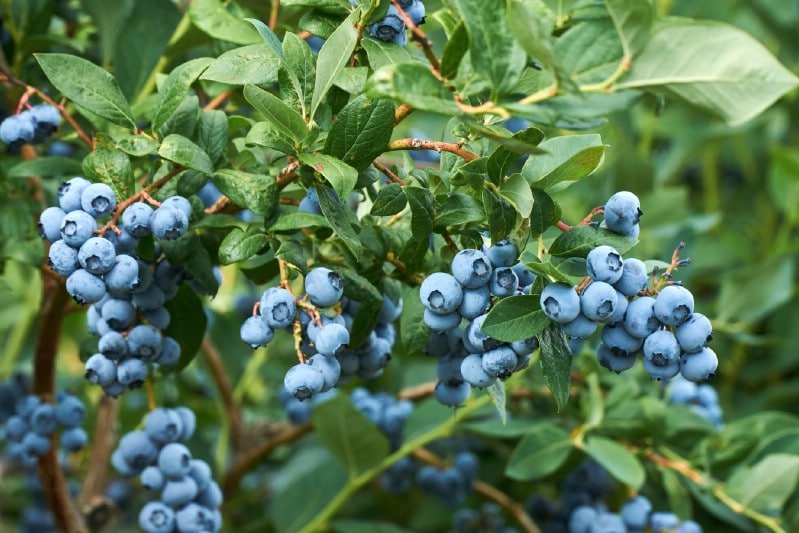
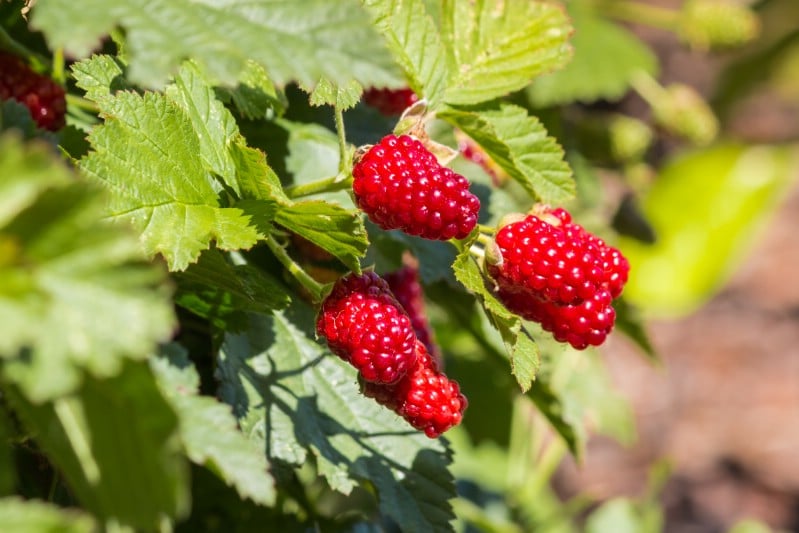
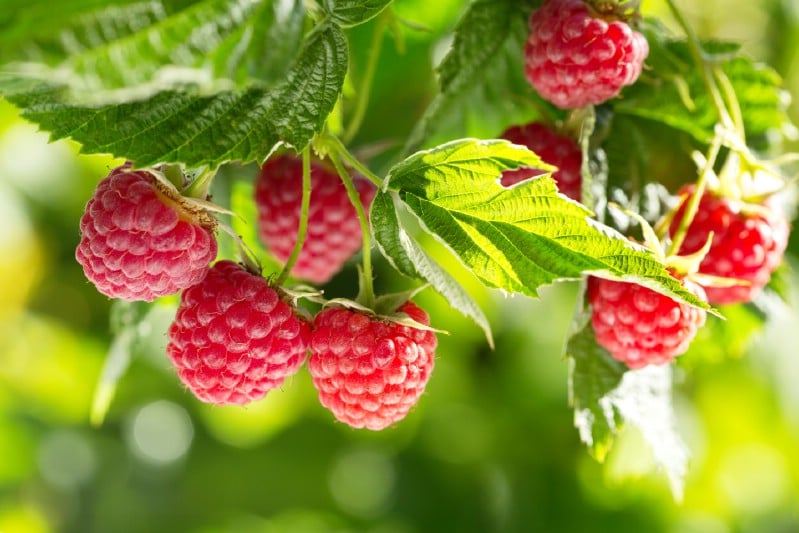
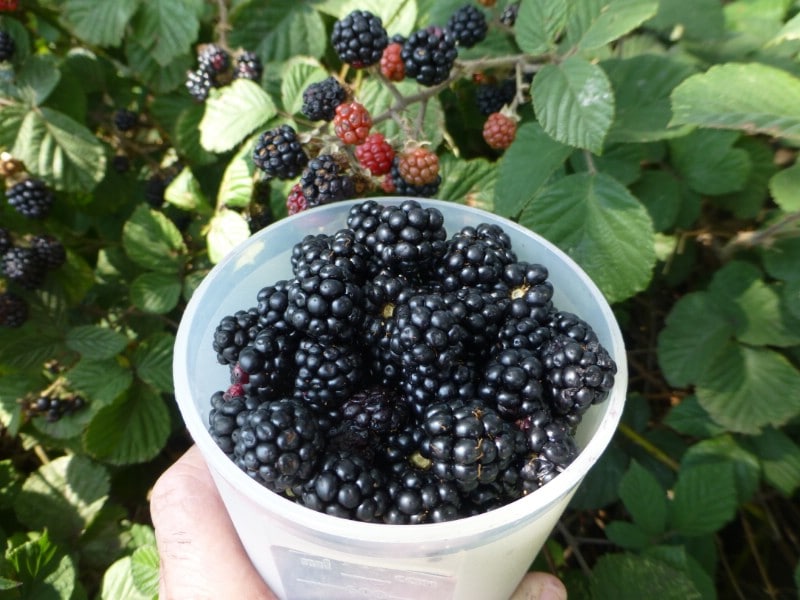
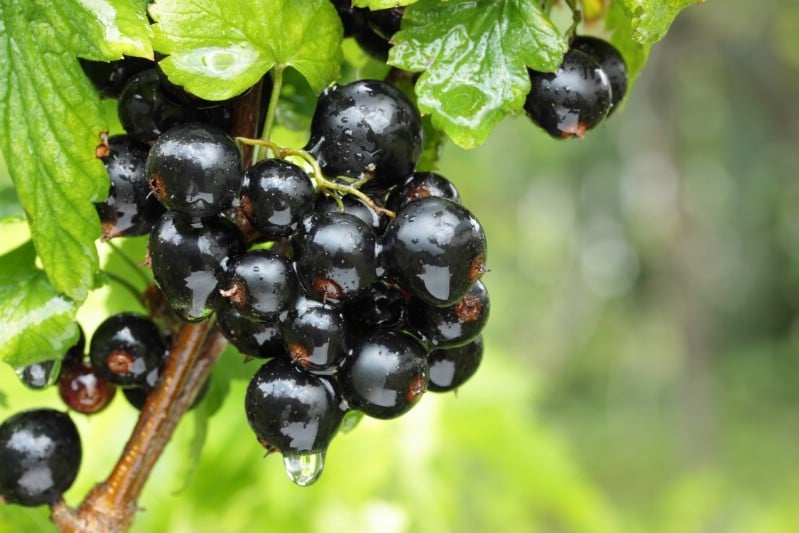
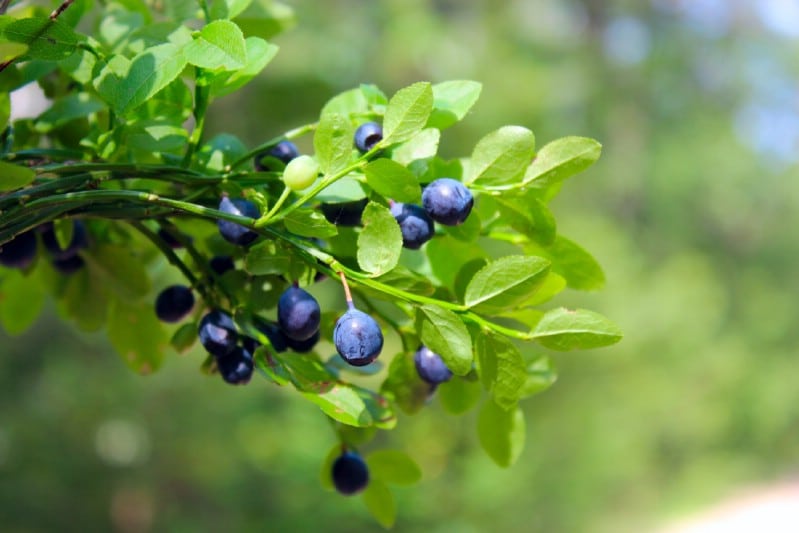
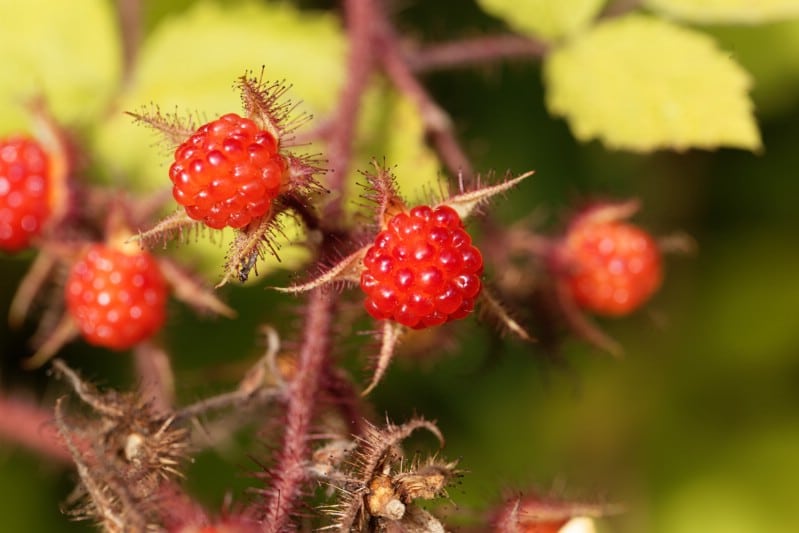
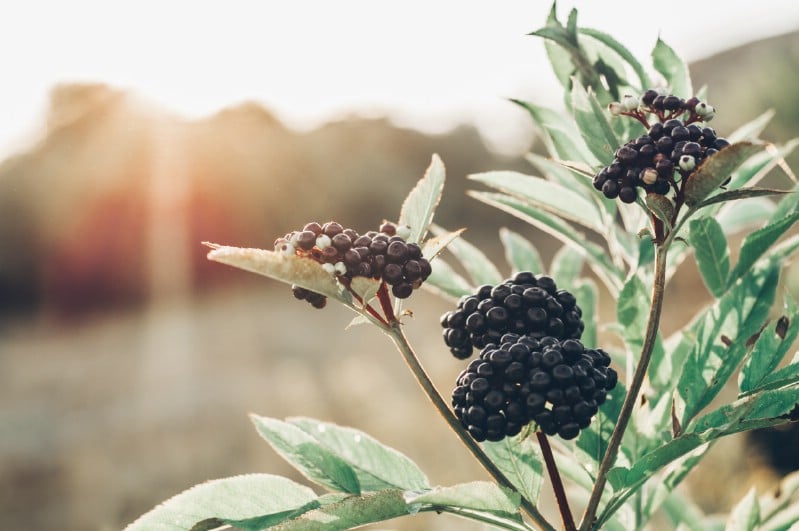
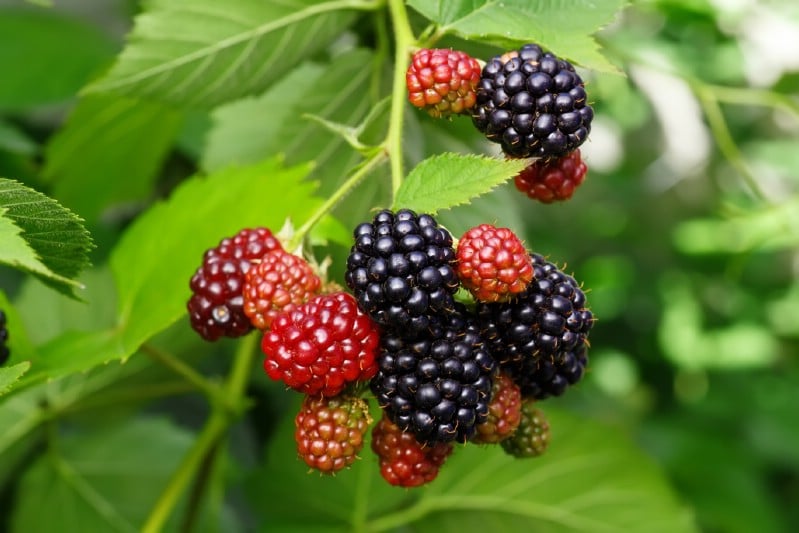
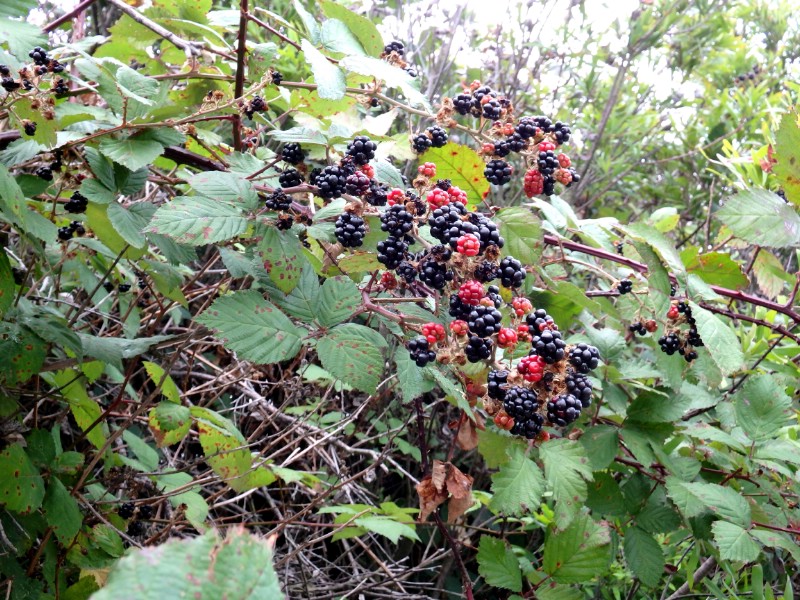
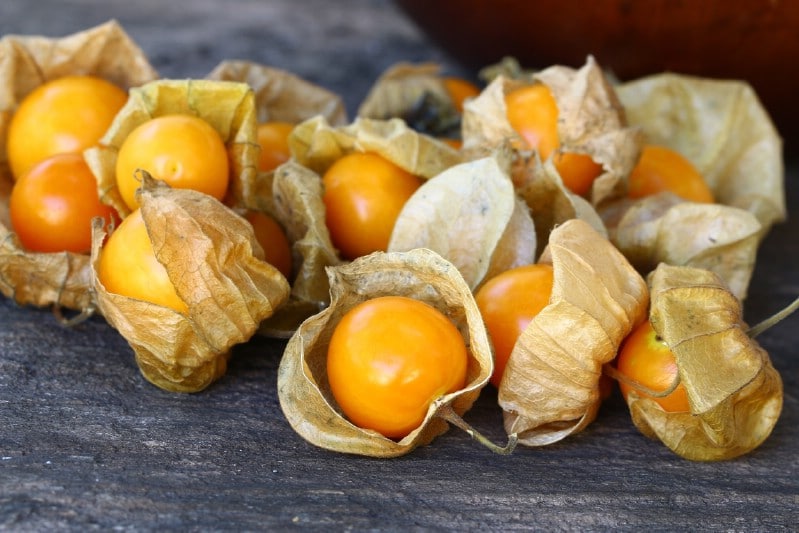
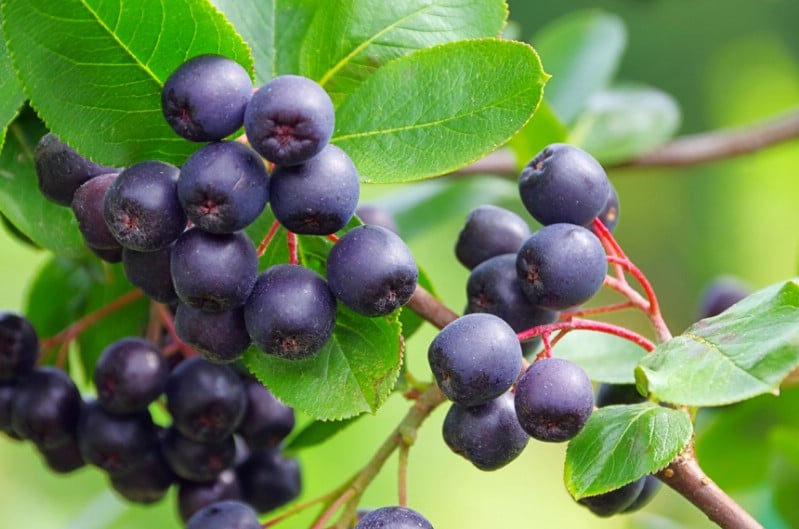
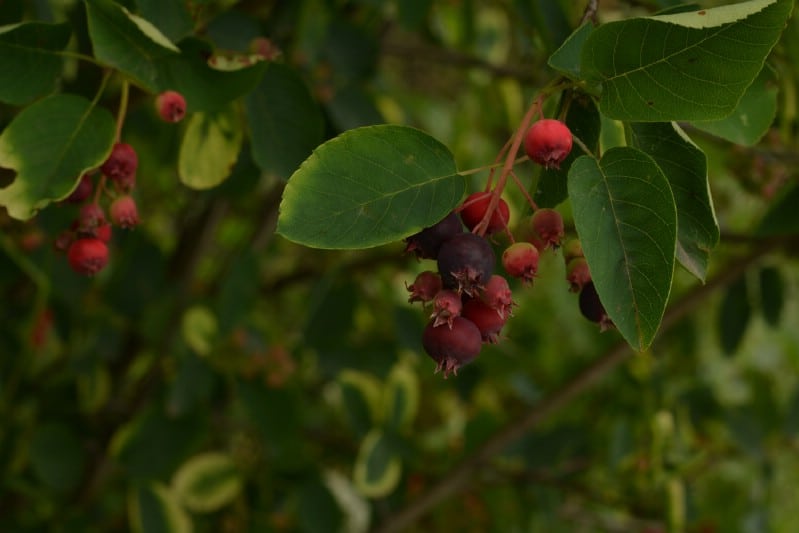
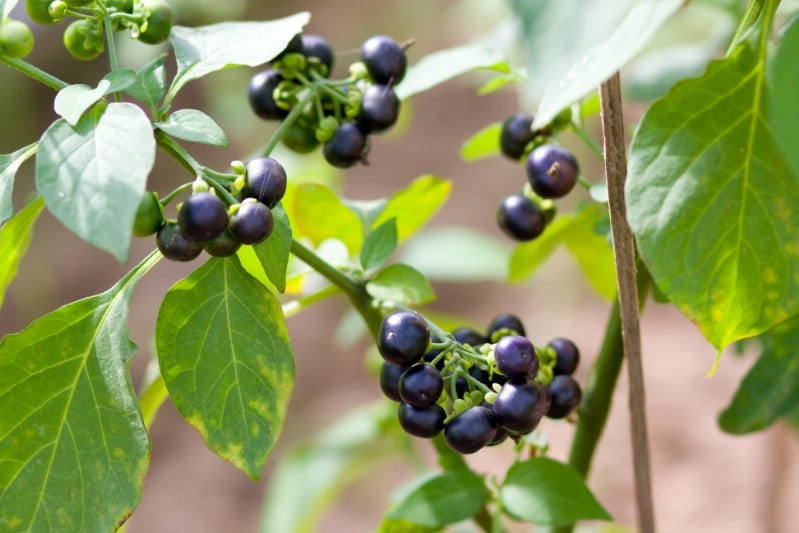
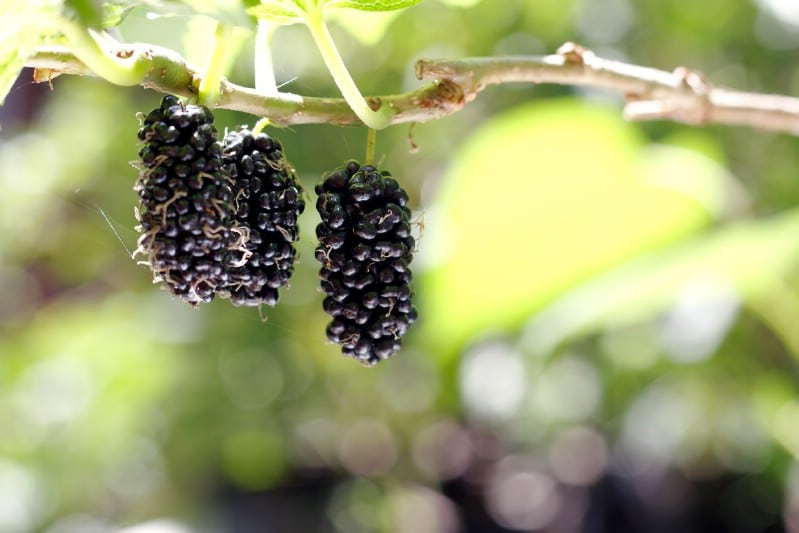
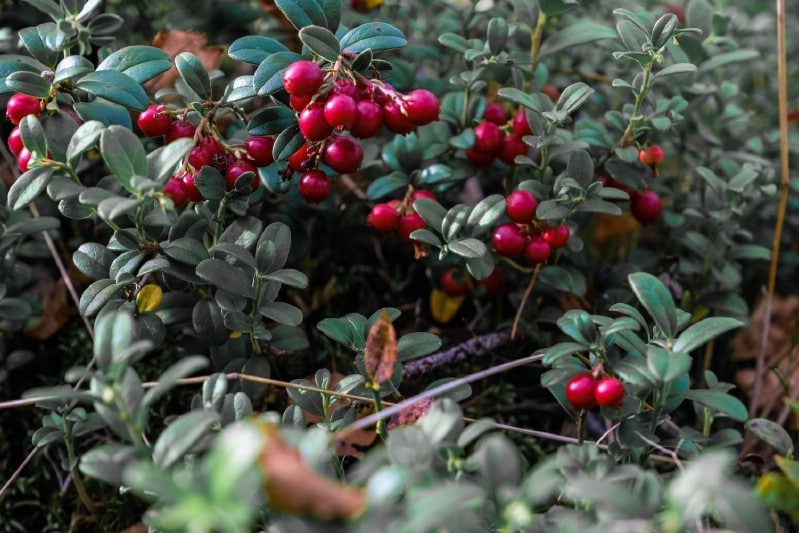
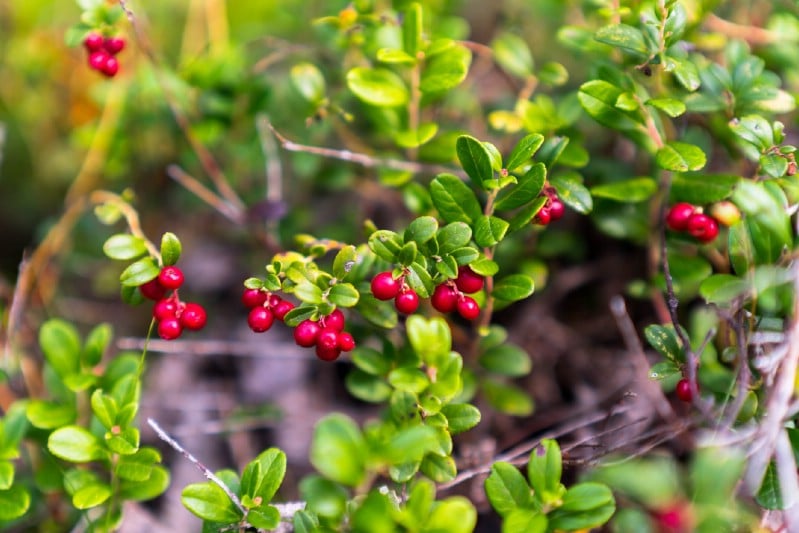
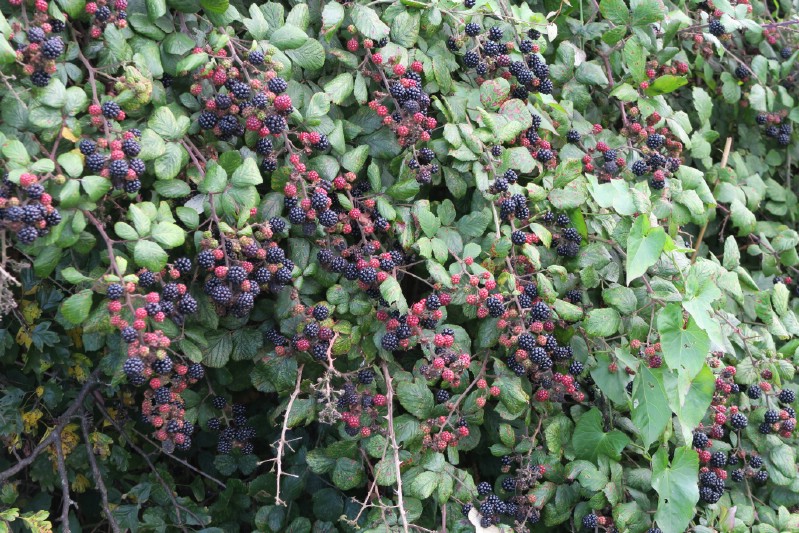
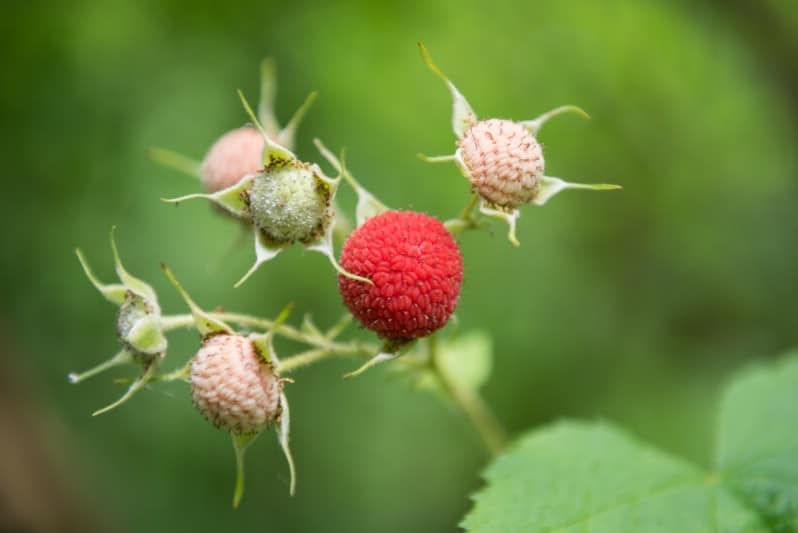




Leave a Reply